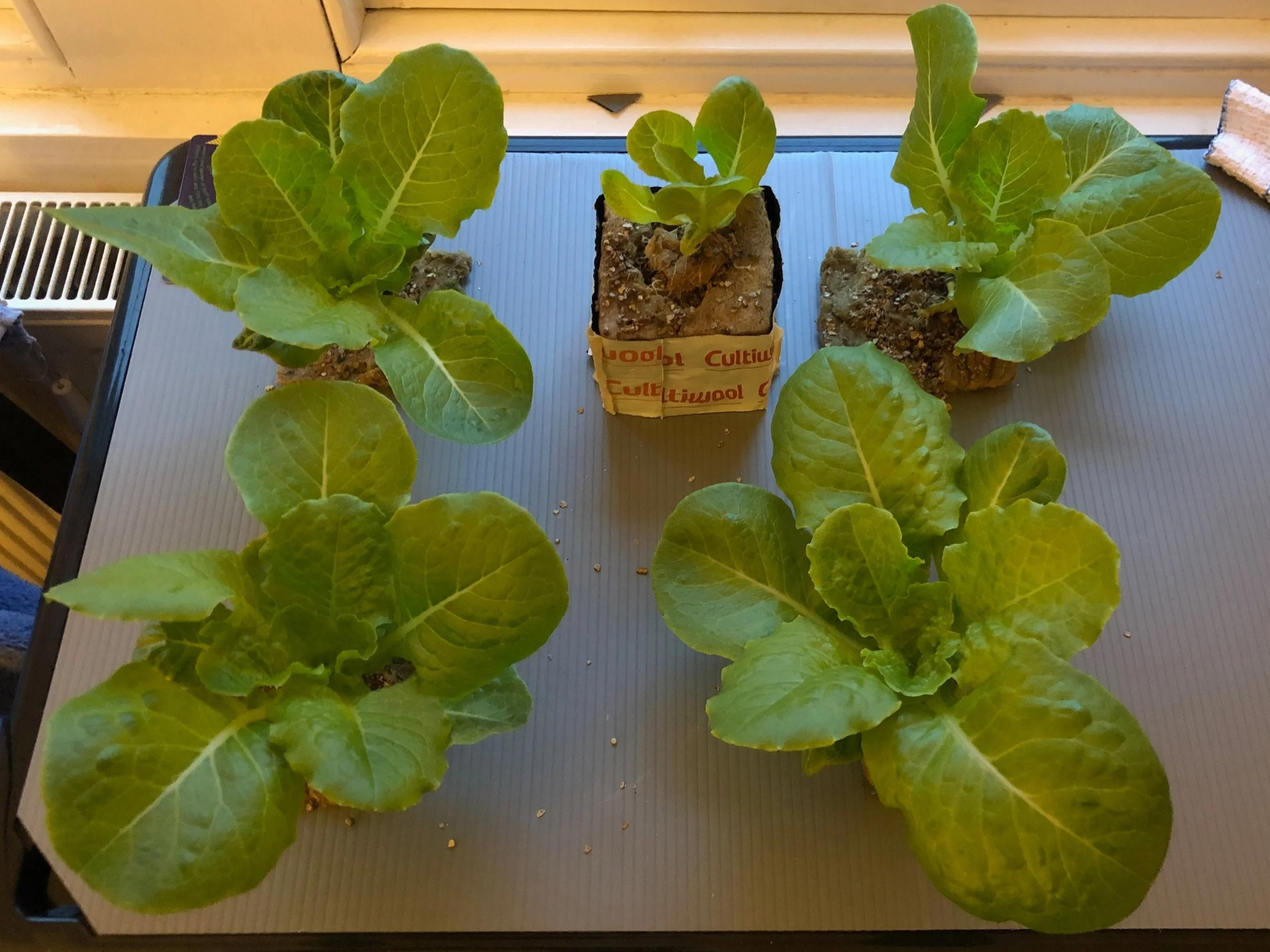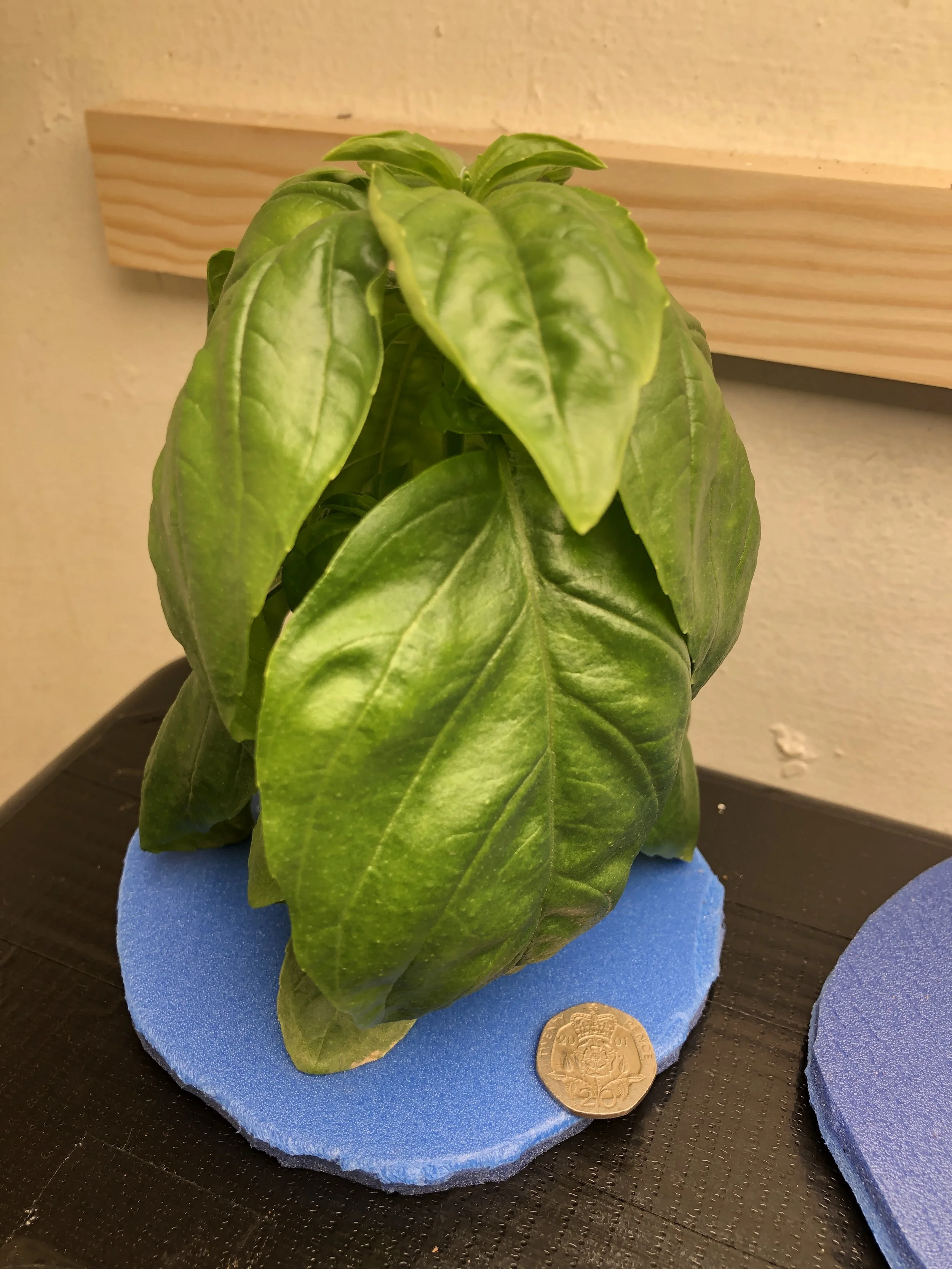In the last few months I have become interested in growing plants indoors without soil. Whilst the culture is seemingly primed to associate the word “hydroponic” with illicit cultivation of cannabis (the Japanese must have a word for the phenomenon of an idea eliciting basically the same initial response from just about everyone to whom it is mentioned…), I have little to no interest in that species. My initial goal is to be able to grow a steady supply of culinary herbs and leafy greens. Then to investigate the feasibility of growing more “advanced” fruits and vegetables such as strawberries, peppers, aubergines, and tomatoes.
I was initially inspired by watching a series of YouTube videos, particularly https://www.youtube.com/watch?v=nyqykZK2Ev4 and https://www.youtube.com/watch?v=bWebs3ID6Hw
These are very different styles. The Simple Greens one appealed to my sense of simplicity and compactness. The Kyle Gabriel project is just mind-boggling in it’s complexity and the accomplishment of the maker - not only does Kyle build the whole system with it’s advanced monitoring and adjustment capability, but he also wrote the open source software that he uses (Mycodo), and (I think) also the music, as well as producing a high quality video document and a superb project writeup at https://kylegabriel.com/projects/2020/06/automated-hydroponic-system-build.html
For my first foray, I did some basic research and bought an off-the-shelf NFT (nutrient film technique) system to try it out. I started growing lettuce in that system and it went very well.
The first test, growing lettuce in rockwool plugs, then fitting those plugs into rockwool cubes. For this first test I was using just sunlight coming in the windows of the flat, which was plentiful at the back end of the past summer
The same system transplanted to a cupboard, growing using an LED light
Then, in preparation for the winter, I tested the same system in a cupboard, using timer-controlled LED growlights. This also worked really well, with no problems for the lettuce. As you can see I was starting to bring on some herbs from seed, and these gave mixed results.
(Very) large leaved basil plant
Basil is one of those herbs which seems to grow really well in this system. However, other herbs I tried, like coriander, dill, and tarragon did not enjoy the conditions so much. They will need to be more carefully managed.
I was initially please with the lettuce and basil results, but the other herbs were not working very well. This was likely due to the fact that my monitoring of the key aspects of the nutrient solution (its pH and electrical conductivity i.e. concentration of plant nutrient), which then tended to waver outside of the ideal windows for each plant. Some plants are more susceptible to this than others, and I am just at the beginning of finding out about this.
All this preamble brings me on to the next stage - to work from the project blog above from Kyle Gabriel, and to recreate my own version of his tech-heavy system to bring in some of my own skills as well as promising a far less labour intensive and much more accurately maintained environment in which to experiment with growing different types of plants. Future posts on this blog will therefore be covering my attempts to do that, and to learn what i need to fill in my own knowledge gaps in order to make it work…


